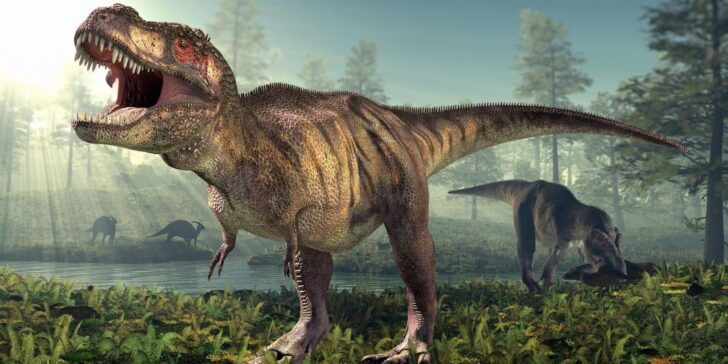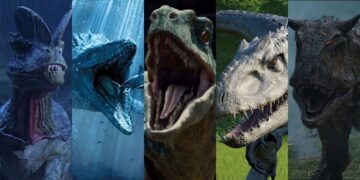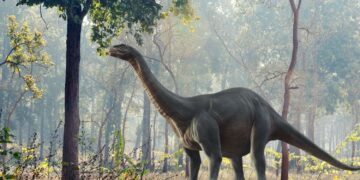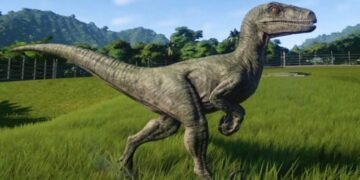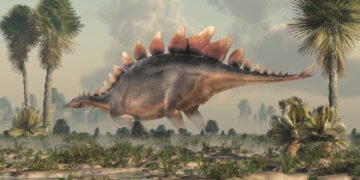If you were to go around and survey people on what the most famous dinosaur that ever lived is, they would probably say the Tyrannosaurus Rex.
If you were to ask about the scariest dinosaur, you’d probably get the same answer again.
For those of you who don’t know that much about dinosaurs, here’s a general idea of what a Tyrannosaurus Rex was like.
Firstly, they were terrifyingly large, measuring up to 40 feet (12.3 m) long and 12 feet (3.66 m) when measured up to the top of their hips.
They were one of the largest of all known predators that ever roamed the earth, weighing in at around 9.3 tons (8.4 tonnes) to 15.4 tons (14 tonnes).
Now that we have a vague idea of what a Tyrannosaurus Rex (T-Rex) looked like, let’s have a look at some of the more interesting details that really stood them apart from other dinosaurs!
The Tyrannosaurus Rex has a very regal name.
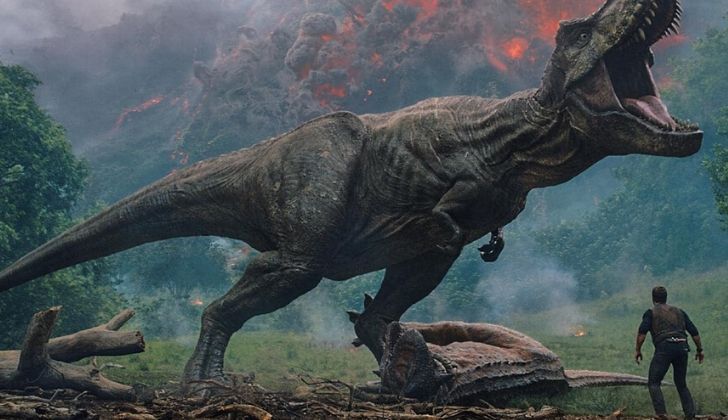
The man responsible for naming the Tyrannosaurus Rex was Henry Fairfield Osborn, the president of the American Museum of Natural History at the time of the dinosaur’s discovery and identification in 1905.
Osborn and his associates instantly recognized that this new dinosaur was at the top of its class and, as such, needed a fitting name.
Osborn eventually chose the name, Tyrannosaurus Rex, bringing the Greek words “tyrannos,” meaning “tyrant,” “sauros” meaning lizard, and the Latin word “Rex,” which translates to King.
Through its name, the Tyrannosaurus was crowned king, or more specifically, the Tyrant Lizard King!
The T-Rex had arms that were so small it would make you laugh.
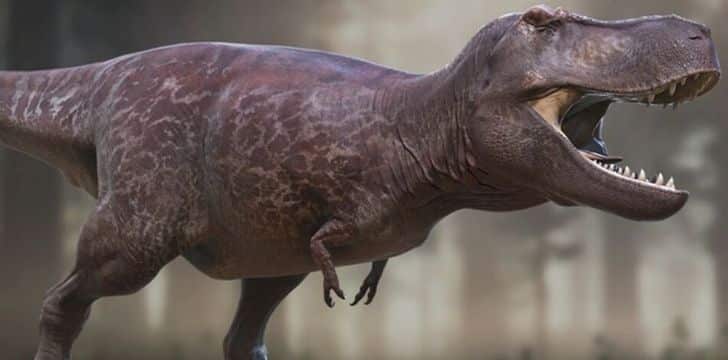
In case you missed it, these fearsome pre-historic beasts had absolutely ridiculous little arms.
While your average T-Rex would have loomed multiple times higher than your average human, their arms were only just a bit longer than ours!
While the average human arm is around 2.1 feet (64 cm) long, a T-Rexes arm was just 3.3 feet (1 meter) long!
We also still have no idea what their arms were for!
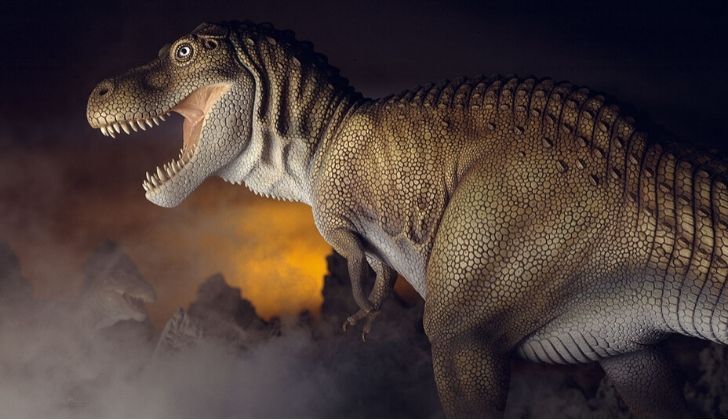
Some scientists claim that the arms of a Tyrannosaurus Rex were vestigial, meaning they were something left over from a previous evolution (like our tail bones).
This is most likely untrue, as the bones in their arms have clear signs that despite their size, their arms were incredibly muscular!
So, what were they for? We may never know! It’s something that we may only ever be able to make crazy hypotheses about.
Some of the more realistic theories state that they were used to hold onto prey while attacking them with their vicious jaws or to help themselves get up off the ground.
The Tyrannosaurus Rex had one of the most powerful bites of all known dinosaurs.
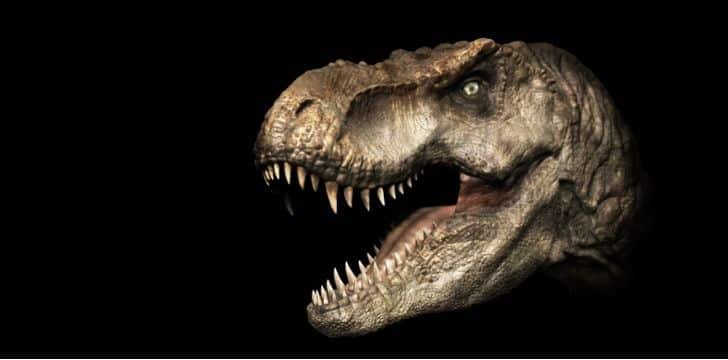
While their arms may have been tiny and just a little bit ridiculous, don’t begin to think these pre-historic predators weren’t a fearsome foe!
A fully-grown T-Rex had quite an impressive bite, with a jaw that was around 4 feet (1.2 m) long.
You wouldn’t ever have wanted to see a Tyrannosaurus Rex smile, either – An adult T-Rex had 60 teeth, some measuring up to 1 foot (30.5 cm) long!
As scary as those teeth sound, they’re nowhere near as scary as its bite – A 2012 study found that of all land animals ever studied, the T-Rex had the strongest bite!
It was found that they could exert up to 12,814 pounds of force (57,000 N) with their vicious jaws.
To put that into perspective, a human can bite down with around 175 pounds of force (778 N), making a Tyrannosaurus Rex’s bite more than 73 times stronger than ours!
They may have had a few feathers, too!
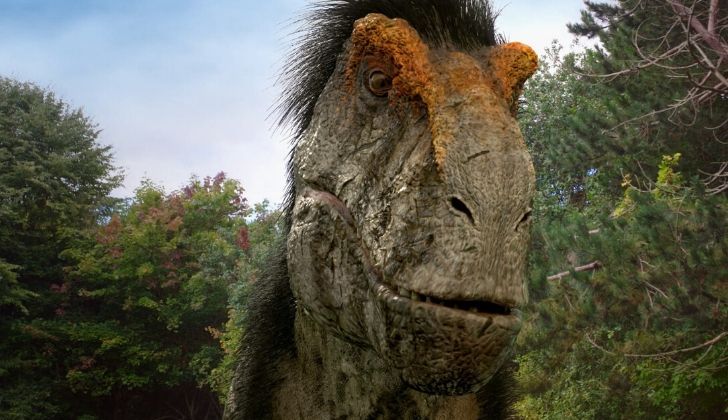
This is a point that is certain to ruffle a few feathers among long-term T-Rex fans.
The jury is still out on whether the Tyrannosaurus Rex had any feathers, but it’s looking more and more likely.
Studies on close relatives of the T-Rex have found insulating feathers over much of their bodies.
A 2017 study that reviewed all evidence to date of skin samples concluded that if the Tyrannosaurus Rex had ever had any feathers, they would have only been found on the upper parts of the body, possibly running along its back and neck.
The Tyrannosaurus Rex only lived in North America.
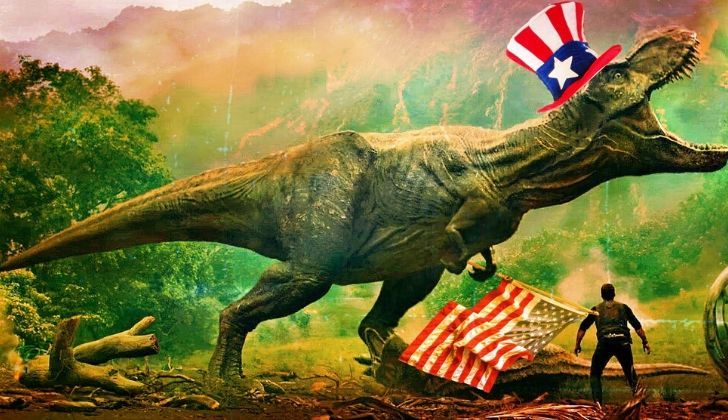
Although they’re now famous all over the world, the T-Rex only ever lived in a small part of the ancient world called Laramidia.
In prehistoric times, Laramidia was an island continent that now makes up parts of the west coast of North America, from Alaska down to southwest Mexico.
They were both hunters and scavengers.
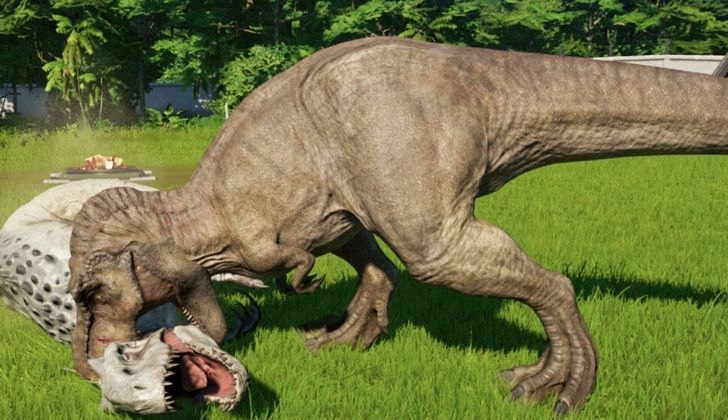
For a long period of time, it was assumed that the Tyrannosaurus Rex was a predatory carnivore, but there was simply no evidence to back it up.
A 2013 study changed all that, though, when a T-Rex tooth was discovered embedded in another dinosaur’s tailbone.
Until that point in time, the only evidence we had of the eating habits of the Tyrannosaurus Rex was based upon their feces, which contained remains of crunched-up bones.
From what we now know, though, the T-Rex would both hunt for food and pick the bones of already dead dinosaurs clean (and eat them too!)
The Tyrannosaurus Rex had a pretty short lifespan.
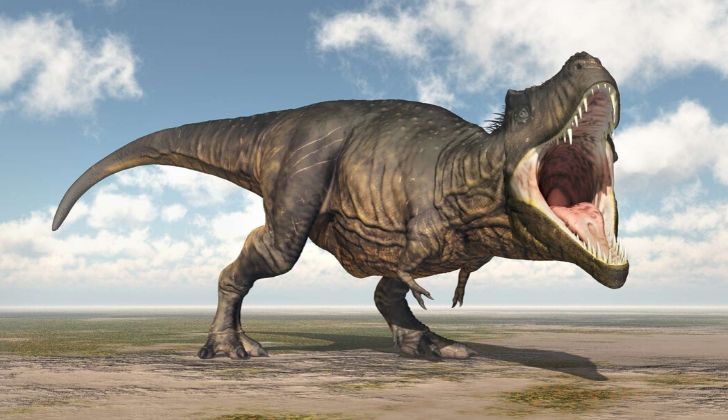
T-Rexes were the apex predator of their time, with no other dinosaurs hunting them for food.
As such, they really only died from diseases, accidents, starvation, or old age.
From the data that has been collected from T-Rex fossils thus far, we have a fairly accurate guess of their lifespan.
While some of their ancestors and other four-legged dinosaurs could live as long as 100 years, the T-Rex lived for just 30!
A small town in South Dakota is heralded as the T-Rex capital of the world.
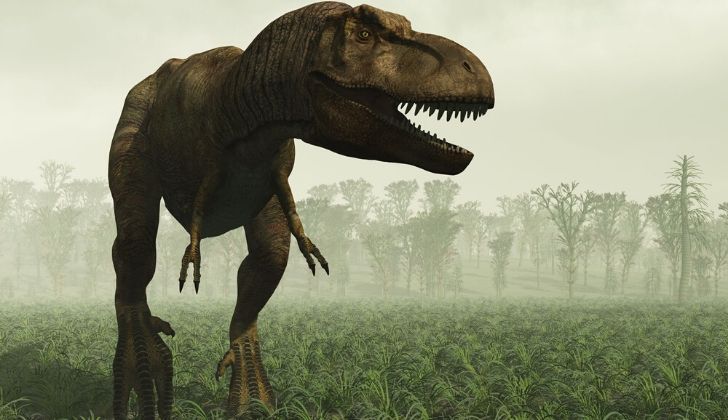
According to them, at least! The town of Buffalo, South Dakota, has a population of 330 people and 7 T-Rex skeletons.
That’s just about one T-Rex for every 50 people!
To put that into perspective, there have only been around 50 major specimens of the Tyrannosaurus found, with only a few being a complete fossil of the dinosaur.
It’s no small wonder the Tyrannosaurus Rex was such a good hunter.
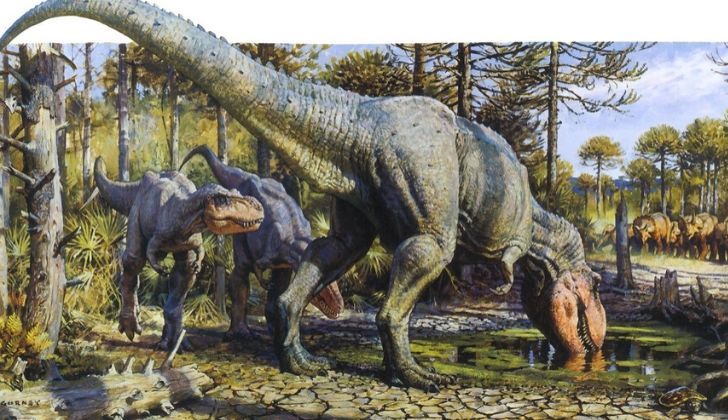
And, apparently, a lot of it comes down to their eyes!
The vast majority of lifeforms that have ever lived have one thing in common – if they had eyes, they generally pointed outwards rather than forwards.
If you’ve ever watched a bird look at you with one eye, then turn its head to look at you with the other eye, then you know what I mean.
Some creatures have eyes that point forwards, instead of sideways, such as eagles and humans.
T-Rexes also had forward-facing eyes, giving them greater depth perception than the rest of their kind, giving them a serious advantage.
Their other senses were heightened, too!
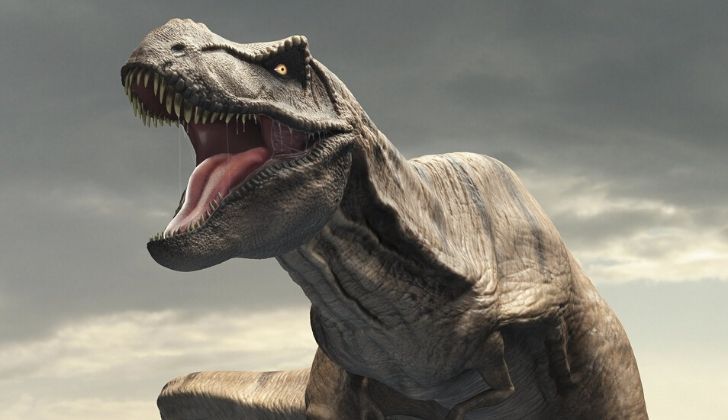
Studies have found that the Tyrannosaurus Rex was also rather gifted when it came to its other senses.
They had large olfactory nerves, which indicates that they had a heightened sense of smell, allowing them to track their prey from miles away.
They also had a long cochlea (get your head out of the gutter, please), which indicated they had a heightened sense of hearing too, which was quite uncommon among most other two-legged dinosaurs.
But they ran slower than we humans do, probably.
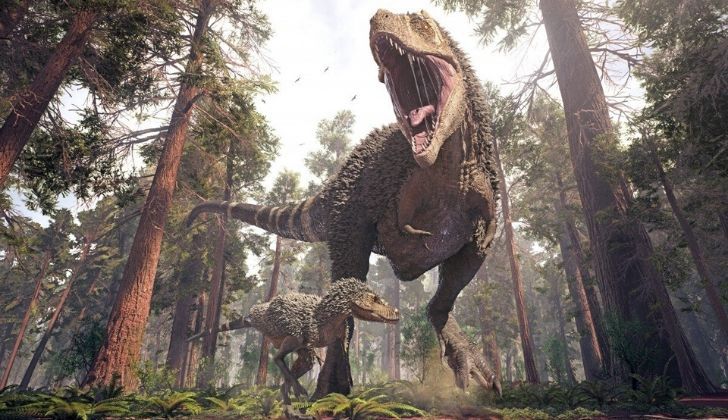
It’s not something I would ever want to put to the test, at least personally! This is yet another point that paleontologists can’t agree on, either.
While some studies have shown that the T-Rex could reach maximum speeds of 17 miles per hour (27 km/h), others have claimed they could reach speeds up to 43 miles per hour (70 km/h).
I don’t know about you, but I’d rather imagine them as slow, lumbering beasts!
The Tyrannosaurus Rex was one of the last land-based dinosaurs alive.
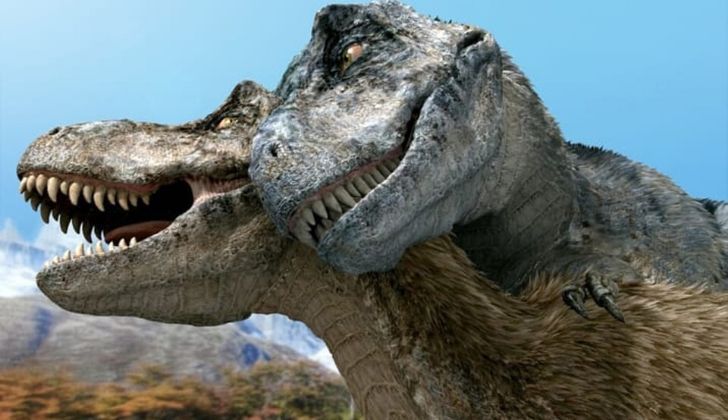
In the grand scheme of things, the T-Rex was pretty unlucky.
Dinosaurs roamed the earth for around 100 million years, from about 165 million years ago until their mass extinction 66 million years ago.
The Tyrannosaurus Rex came onto the scene pretty late, just 68 million years ago, enjoying just two million years at the top of the food chain before what was most likely an asteroid slammed into the Earth.
One of the most exciting things about paleontology is that nothing is ever certain, and everything is just a working hypothesis.
For all we know, a new fossil could be unearthed tomorrow, which completely changes our idea of dinosaurs.
Who knows, maybe we’ve got so much wrong about the T-Rex, and it actually had wings? Stranger things have happened, I’m sure!

